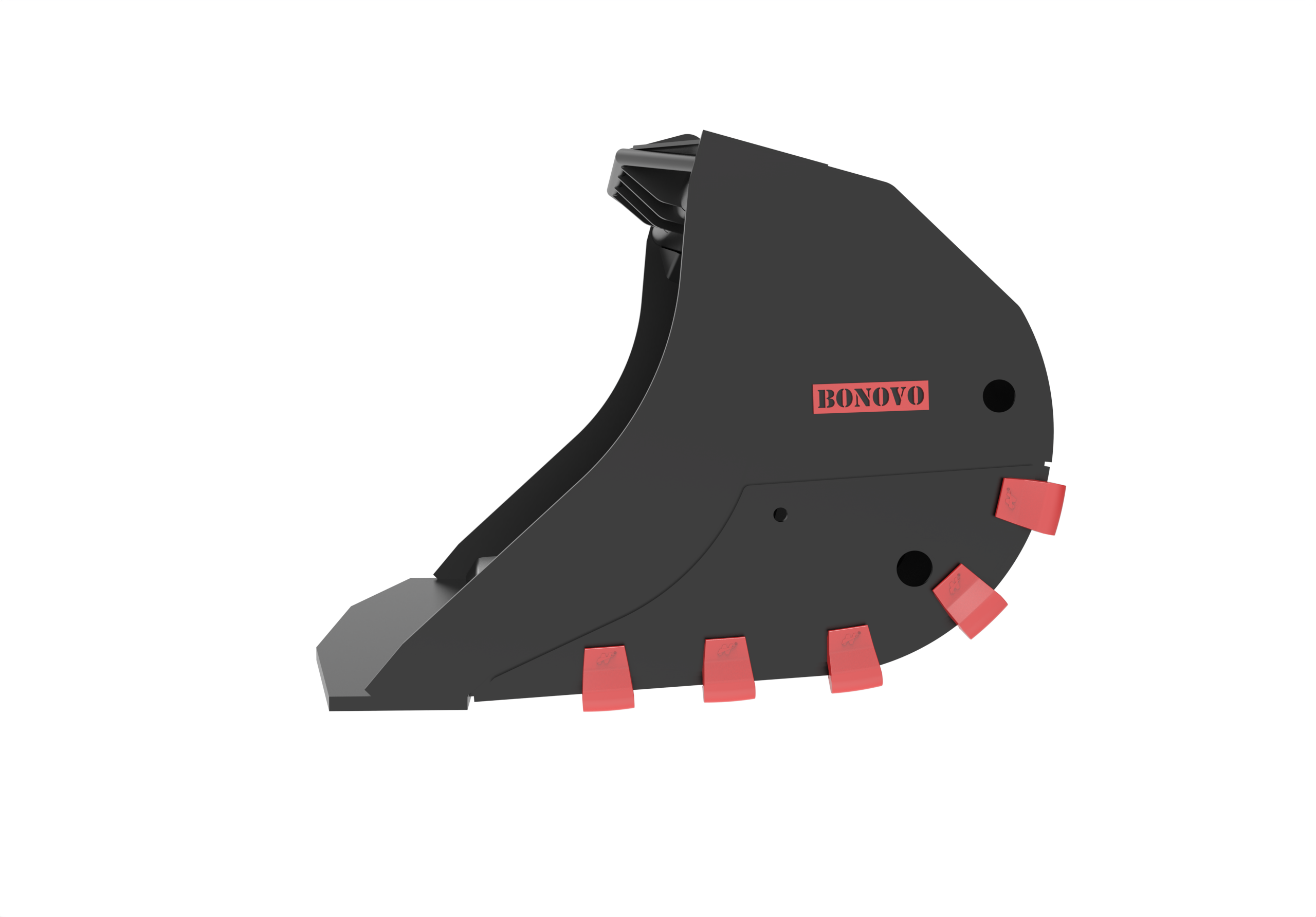
The initial factors that sometimes show no apparent problems in the steering of the loader are: the pressure of the main body of the loader is too low, including the lack of oil in the loader tank, the severe wear of the steering pump and the poor function of the overflow safety valve; Low pressure of pilot system due to poor function of pressure reducing valve; Misinstalled or damaged steering gear; Flow expansion valve leakage or spool stuck; Severe internal leakage of steering cylinder; System tubing save or block.
Example: Find that the loader sometimes presents no apparent problems in steering and finds that it can turn left and right when the gear is slightly moved or walking, but when the steering wheel is operated in place without the gear, the two steering wheels can only roll left and right about 15°. The loader sometimes presents steering without apparent problems. The machine uses a flow expansion steering hydraulic system, which is independent of the hydraulic system of the operating equipment.
The steering hydraulic system is mainly composed of a steering pump, a steering device, a pressure reducing valve, a flow expanding valve, a steering cylinder, an oil filter and a radiator, among which the pressure reducing valve and the steering device belong to the pilot system, and the others belong to the main oil circuit. Start to find that the loader sometimes presents steering without apparent problems factors are: the main body pressure is too low, including the lack of oil tank, severe wear of the steering pump and the poor function of the overflow safety valve; Low pressure of pilot system due to poor function of pressure reducing valve; Misinstalled or damaged steering gear; Flow expansion valve leakage or spool stuck; Severe internal leakage of steering cylinder; System tubing save or block.
Find trouble spots in the order of "simple to complex". First, it can eliminate the possibility of misloading the steering gear.
Secondly, the pressure gauge is used to separate the main pressure and pilot pressure of the measurement system, and the pressure value is 12MPa and 2.5MPa, which are within the normal range. In order to have a very good inspection effect, the pressure is automatically increased by 2MPa, and the fault is still the same when the machine is tested, which indicates that the oil tank is sufficient, and the relief valve, pressure reducing valve and steering pump are not abnormal. Once again, the flow expansion valve and steering gear with reliable function are installed by the interchangeable method, and the fault still exists after the test, so the flow expansion valve and steering gear may be faulty. Finally, the steering cylinder and the system tubing collapse, check that the piston oil seal is outstanding, the inner wall of the cylinder has no wear, tension marks, and there is no saving and blocking inside the tubing.
After the above review, it can be concluded that the steering hydraulic system is normal. Find that the loader sometimes shows no apparent problems in steering and sweep the machine again to push the shovel material, feel that the loader is working strongly, investigate the hinge point did not find the stuck appearance, which speculated that the fault is in the front drive axle. In order to verify whether the identification is accurate, first remove both sides of the wheel end cover and pull out the half shaft, and then operate the steering gear in place to turn, at this moment can smoothly roll the steering disc, it can be concluded that the fault point is the front drive axle.
When discharging the front drive axle gear oil, a small number of iron filings were found. Remove the drive shaft, and remove the front drive axle main transmission assembly, differentiation found that part of the differential planetary gear cracking, cross shaft slight deformation. Replace the new differential assembly, install and test the machine according to the technical standard, and the machine turns to normal. When the differential is operating normally, the driven gear of the power self-supporting reducer is passed to the left and right driving wheels through the differential housing, cross shaft, planetary gear, half-shaft gear, and half-shaft in sequence.
The planetary gear can rotate both around the axis of the semi-axis and around its own axis (that is, the axis of the cross axis). When the loader turns, the planetary gear carries out the compound motion formed by the combination of revolution and rotation, so that the left and right half axis gears rotate at different angular speeds, and an opposite reaction force is attached to the left and right wheel tangential direction. This additional reaction creates a torque on both sides of the planetary gear, causing the planetary gear to rotate. If the differential is subjected to a large impact load during operation, the planetary gear will be tired and cracked, and the cross shaft will be deformed.
When the loader is moving or moving, because the left and right half shaft speed is different (that is, the angular speed is different), the differential gears have less friction resistance to each other, and the planetary gears can carry out a compound movement of both revolution and rotation, completing the differential effect and smoothly completing the steering. The angular speed is zero when turning in place, and because the planetary gear cracks and the cross shaft is deformed, the friction resistance increases, the planetary gear and the half-shaft gear of the differential are blocked, and the differential loses the differential effect, which ultimately results in the loader not being able to turn in place. The above is to find the factors and solutions that sometimes show no apparent problems in the steering of the loader, and the riders must remember
Choose BONOVO for high-quality, customizable brush cutters for skid steers with fast delivery. Contact us today to discover how our superior products can enhance your land management tasks!

 Hot News
Hot News2024-09-18
2024-09-18
2024-07-03
2024-03-08
2024-03-08
2024-03-08